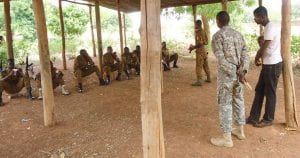VOLUME XXXVI – NUMBER 1
JEFFREY R. LEBER
Abstract: This article illustrates the legal challenges of fighting terrorism by examining the apprehension of fugitives in three specific cases of terrorism that occurred at sea, in air, and on land. In the absence of diplomacy, legal assessment is preferable to armed force when calculating solutions to terrorism in a world where international law and international politics are interdependent. States that comply to international law have an array of guidelines in situations involving fugitives, such as in the case of extradition treaties. The specifications of these laws help determine the consecutive actions of states in dealing with terrorists. This is complicated when defining acts and individuals as terroristic. The hijacking of the ship Santa Maria in 1961, for example, brings forth discussion of the difference between piracy and terrorism, which are differentiated by personal motivation and political action. How it is defined ultimately determines how international law applies to the individuals involved, which will either grant them political criminal status or subject them to the jurisdiction of the state that captured them. The hijacking of aircraft involves a distinct set of laws and agreements, and even more complex is the case of armed bands, the consequences of each resting on their classification among nations. Determining the nature of insurgents poses legal problems to the international community, which can be alleviated by the establishment of an International Criminal Court.
Keywords: terrorism, International Criminal Court, international law



